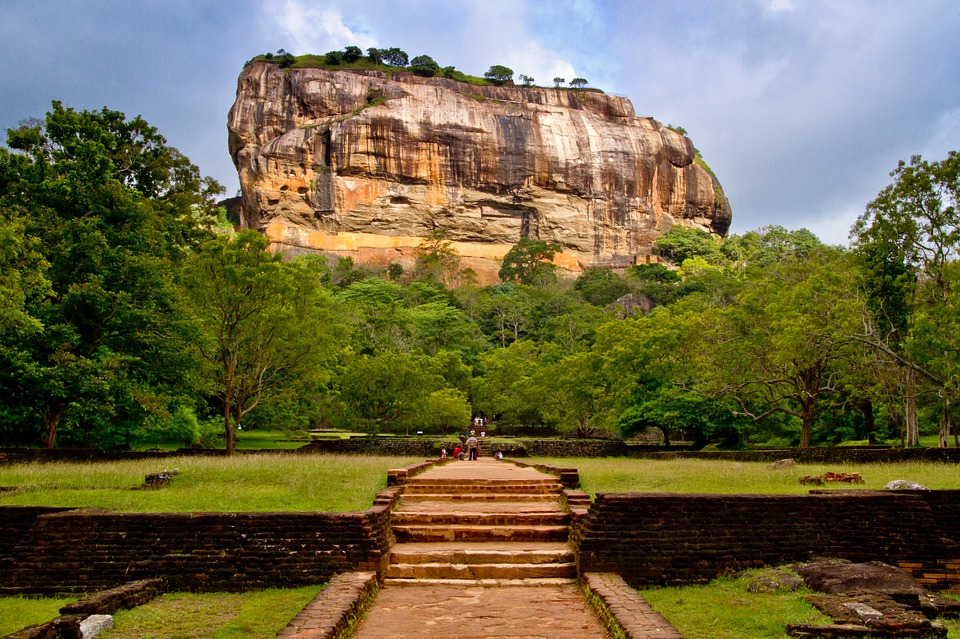
Whether you are an adrenaline junkie looking to conquer great heights or an artist, inspired by the enigmas of time, the Lion Rock in Sigiriya will compel you to plan your next trip here. The Lion Rock is one of Sri Lanka’s most iconic places. The lush greenery and wildlife add to the revelry of what is rumoured to have been the country’s capital during the reign of King Kashyapa. And with the likes of Jetwing Vil Uyana just 5km away, one can expect but the best in luxury from a Sigiriya hotel.
The story of Sigiriya is one of political mastery. This story starts with a misguided prince Kashyapa killing his father, King Datusena for the throne. Anticipating retaliation from his brother’s camp, the young king built the capital of his kingdom nearly 200 metres above the ground. The top of the rock provides an uninhibited view from every direction. An approaching army would have had to use extreme stealth to avoid detection by the king’s guards.
Among other defensive measures were a moat around the rock and narrow flights of steps that restricted movement in groups. If one were to tackle all the hurdles, he/she would get to the main entrance of the castle; the majestic Lion structure, of which only the paws remain today. This was, of course, never achieved by the king’s enemies. It is said that the king realized the gravity of his mistakes and turned to Buddhism for salvation. He lived a long pious life and died a natural death, according to the Chulawamsa.
The Lion Rock was hence abandoned as a palace. Until the 14th century, the rock and the adjoining caves served as a Buddhist monastery. After around 1500, only the foundation of the large structure atop the rock remains. The ponds that supposed to have supplied water to the top of the rock still work their unimaginable feats of engineering. The world famous frescoes and the lesser known poem wall mesmerize many a visitor. The unrestricted view births poets from its bosom, on top of the Lion rock.
Fritzjames Stephen is a travel writer, who writes content based on the myriad of experiences and indulgences that the world has to offer travellers across all walks of life. Google+
